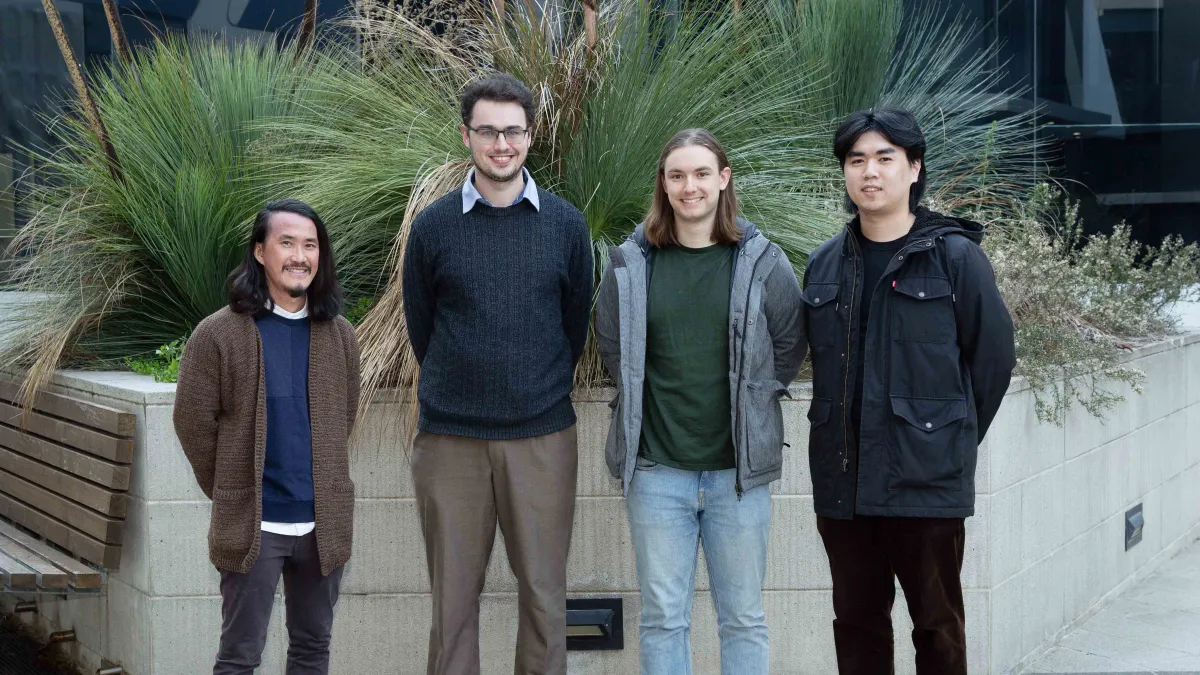
The Marshall Group - Genomic Plasticity
The Genomic Plasticity Lab studies how dynamic DNA structures and non-classical DNA modifications contribute to the formation and persistence of long-term memories, particularly in fear-related learning and memory.
Research themes
About
One of the major challenges in neuroscience is to decipher the molecular mechanisms that underpin the encoding of sensory experiences and their translation into long-term memories, which are then used to inform future behaviour. Although we have long appreciated the role of various classes of RNA and the myriad of localised protein activity in maintaining stable representations of memory, DNA remains a prime candidate for new investigations due to its highly stable, self-continuing nature.
The Genomic Plasticity Lab is built on the assumption that the dynamic nature of DNA is necessary for memories to form and persist over time, and is currently comprised of the following two areas of investigation:
1. Dynamic DNA structure states in fear-related learning and memory
2. Non-classical DNA modifications and their role in experience-dependent somatic mutation
The research in the lab is conducted with Pavlovian fear conditioning and fear extinction, as well as other learning tasks. In general, behavioural protocols are conducted in combination with second (Illumina sequencing) and third-generation sequencing (Oxford Nanopore Technology, ONT) to determine how DNA structural variants are involved in the stabilisation and destabilisation of fear-related memories in mice. There are DNA structures currently under investigation: Z-DNA, G-quadruplex (G4) DNA and I-motifs. Previously, these DNA structure states were simply thought to be by-products of transcription and/or DNA damage; however, the lab have discovered that they both have a role in memory stability through their capacity to regulate the accessibility and transcriptional output of the genome. In addition to Z-DNA and G4-DNA, more than 20 DNA structures have been identified; however, their role in experience-dependent plasticity within specific cell-types and during learning is completely unexplored.
Publications
Marshall PR, Davies J, Zhao Q, Liau WS, Lee Y, Basic D, Periyakaruppiah A, Zajaczkowski EL, Leighton LJ, Madugalle SU, Musgrove M, Kielar M, Brueckner AM, Gong H, Ren H, Walsh A, Kaczmarczyk L, Jackson WS, Chen A, Spitale RC, Bredy TW. DNA G-Quadruplex Is a Transcriptional Control Device That Regulates Memory. J Neurosci. 2024 Apr 10;44(15):e0093232024. doi: 10.1523/JNEUROSCI.0093-23.2024. PMID: 38418220; PMCID: PMC11007313.
Projects
News
Location
Room 3.367
The John Curtin School of Medical Research






